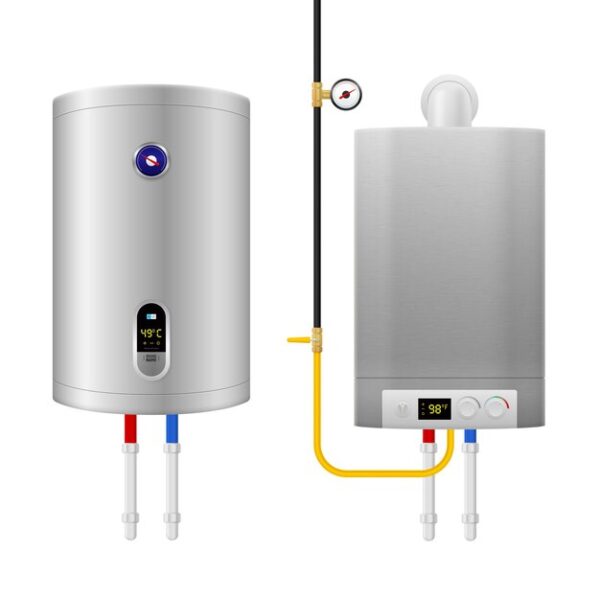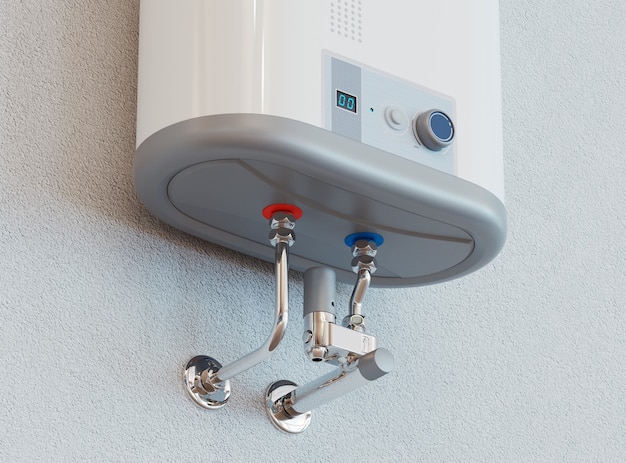One of the most invaluable appliances in our homes is our water heater. The water heater in your home is an essential appliance you might not always notice or think about, yet it’s central to our daily comfort and convenience. It provides the hot water you rely on for numerous activities, from cooking and cleaning to showering.
Therefore, even a minor issue with the water heater can significantly disrupt your routine, making it evident just how crucial it is for maintaining your home’s harmony. When hot water is absent, tasks become challenging, underscoring the importance of a fully functioning water heater for a smooth-running household. Here are a few of the most common water heater issues you may face, what causes them, and what you should do to get them fixed so you can get your hot water back.
Recommended reading: Water Systems and Heater Services in Houston

One common issue that homeowners may encounter with their water heater is water leaks. A leak can be a sign of a more serious problem, such as a corroded tank or loose connections. Water leaks from a water heater can be due to various reasons, such as a loose connection, corrosion in the tank, a faulty pressure relief valve, or a leaking water supply pipe. It’s crucial to identify the leak source to address it effectively.
Regular maintenance checks can prevent leaks. Inspecting the anode rod, ensuring the pressure relief valve is functioning, and checking for signs of corrosion or wear can mitigate the risk of leaks.
Another frustrating problem that can occur with a water heater is the lack of hot water. When you turn on the tap and only cold water comes out, it can be a major inconvenience, especially during the colder months. This could be due to a malfunctioning heating element (in electric heaters), a faulty gas thermocouple, or a pilot light that won’t stay lit in gas models.
Regularly checking the thermostat, ensuring the pilot light is operational in gas heaters, and scheduling periodic maintenance can prevent this issue.
Recommended reading: Tankless water heater repair in Houston
If you notice a strange smell coming from your hot water, it could be a sign of bacteria growth in the tank. This can not only be unpleasant but also unhealthy. This can be due to bacteria in the tank or corrosion and sediment build-up. The smell is often described as “rotten eggs” when caused by bacteria.
Flushing the tank regularly and adding a water treatment solution can help eliminate the odor and prevent future bacterial growth.

Is your water heater taking ages to reheat after each use? This could be a sign of a malfunctioning heating element or a buildup of sediment in the tank. This could be due to sediment build-up, a malfunctioning heating element, or an undersized tank for your needs.
Regular maintenance, including flushing the tank and checking the heating elements, can prevent this issue. Also, choosing the right size tank for your needs is crucial.
Low hot water pressure can also be a frustrating problem that can affect your daily routine. This issue can be caused by a clog in the pipes leading to your water heater or a faulty pressure regulator. This can be due to sediment build-up in the tank, clogged pipes, or malfunctioning fixtures.
Regular tank maintenance and keeping an eye on the condition of pipes and fixtures can help maintain consistent water pressure.
Recommended reading: Top 10 benefits of home water filter systems in Houston
Water temperature problems in heaters can stem from incorrect thermostat settings, malfunctioning heating elements (in electric heaters), or gas supply issues in gas models. Sediment buildup can also affect temperature stability.
Regularly monitoring and adjusting the thermostat, along with routine heater maintenance, can prevent water from being too hot or too cold. Ensuring the heater is appropriate for your usage needs can also help maintain consistent water temperatures.
Got a water heater problem? Get it fixed by the experts at Vossler Plumbing Co. Schedule an inspection or repair service by calling us at 713-688-2304 today!
Whatever you’re experiencing, we have the technical expertise to help. Click below to share your information along with any specific details or photos, and we’ll be in touch with you as soon as possible with an estimate.